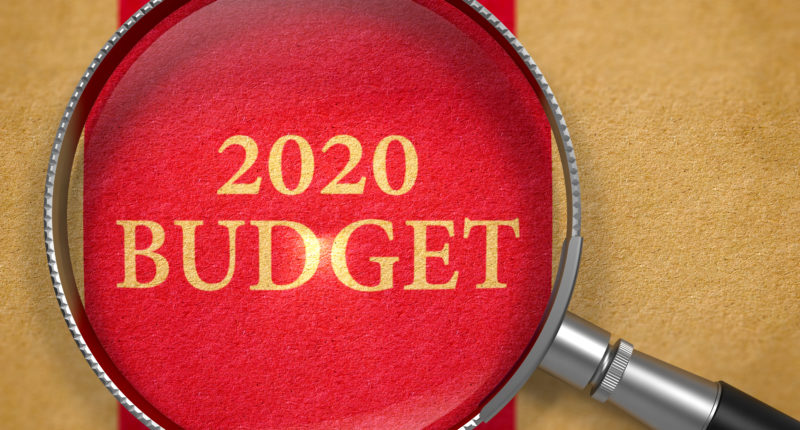The Finance Minister of India presented the Union Budget for the financial year 2020-21 today. This budget was significant from the viewpoint of addressing economic slowdown and several other concerns related to the health of the economy.
Many expectations on the tax front were addressed in the Union Budget 2020 with the proposal of several tax reforms. The most prominent tax reform is the amendment of a new income tax regime. Previously, taxpayers with taxable income in the range of Rs 5 lakh to Rs 10 lakh were taxable at the rate of 20%. They expected the government to slash this as it was too high.
The FinMin has not disappointed them. The Union Budget 2020 has announced a new tax regime under which the following income tax slabs are announced:
| Existing Tax Rate | New Tax Rates |
| Up to Rs 2.5 L – No Tax | Up to Rs 2.5 L – No Tax |
| Rs 2.5 L to Rs 5 L – 5% | Rs 2.5 L to Rs 5 L – 5% |
| Rs 5 L to Rs 10 L – 20% | Rs 5 L to Rs 7.5L – 10% |
| Rs 10 L and above – 30% | Rs 7.5 L to Rs 10 L – 15% |
| Rs 10 L to Rs 12.5 L – 20% | |
| Rs 12.5 L to Rs 15 L – 25% | |
| Rs 15 L and above – 30% |
However, the new tax regime is optional, and the conventional income tax slabs with higher tax rates will still continue to exist. The taxpayers must fulfil several conditions in order to avail the benefit of the new tax regime.
As per the budget speech delivered by the FinMin, a person with an income of Rs 15 lakh pays a tax of Rs 2,73,000 without availing any deductions under the old regime. As per the new regime, he would be paying only Rs 1,95,000 as income tax, which is about Rs 78,000 lesser. The taxpayer is set to gain more by claiming various deductions covered under Chapter-VIA of the Income Tax Act.
The new tax regime, as mentioned by the Finance Minister, may not cover popular deductions and exemptions such as House Rent Allowance (HRA), Leave Travel Allowance (LTA), standard deduction, interest paid on home loan, Chapter VI A other than 80CCD and 80JJA, and so on.
The new income tax regime will result in entailment of revenue forgone of Rs 40,000 crore a year. Also, there are measures taken to prefill the income tax return so as to alleviate the need for individuals to consult an expert to file their income tax returns under the new tax regime.
In a bid to simplify income tax, the government has removed about 70 exemptions and deductions in the new tax regime. There were more than a hundred deductions and exemptions included under the Income Tax Act over the past few years. Further, reviewing and rationalisation of the new income tax regime would be done in the days to come.
Also Read: Budget 2020: Updated Income Tax Slabs You Need to Know
Consider the taxable income resulting from capital gains, profits from a business, and real estate transactions. Currently, if the consideration value does not exceed the circle rate by 5%, the difference is accounted as income in the hands of buyer and seller as well. These provisions were governed by Section 50C and 45CA. To ease the real estate transactions, this limit has been raised to 10% from the existing 5%.
In the case of startups, employees possessing Employee Stock Option Plans (ESOPs) may defer paying taxes up to five years from the time of exercise, till the time they leave the startup, or until they sell their shares, whichever is earlier.
Eligible startups with a turnover of up to Rs 25 crore is permitted to deduct 100% of its profits for three continuous assessment years of seven years if the overall turnover is under Rs 25 crore. This limit is now increased to Rs 100 crore. Furthermore, the eligibility period to deduct is increased to 10 years from 7 years.
Overall, the amendments made in the Union Budget 2020 has been beneficial for taxpayers. Further insight into the Budget is available in the next part.
For any clarifications/feedback on the topic, please contact the writer at vineeth.nc@cleartax.in.
Engineer by qualification, financial writer by choice. I am always open to learning new things.





